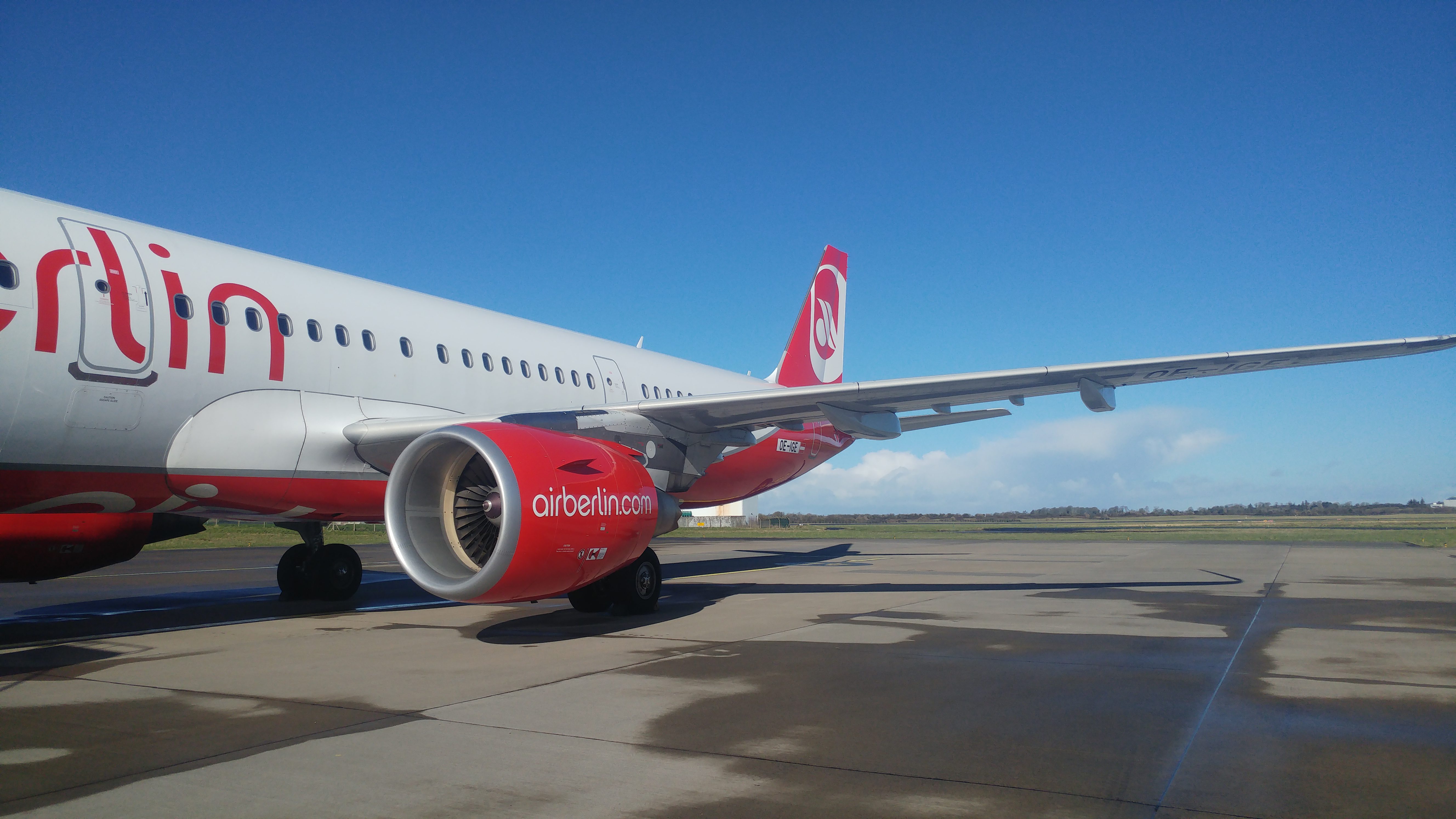When you lease an asset such as an aircraft, the value is large and as such constant oversight and many financial considerations are required.
For example, you can insure the asset against loss of value, you can mitigate the risk of unpaid maintenance through the use of maintenance reserve funds (MRF) – this means along side the monthly lease costs for the aircraft a second charge often referred to as supplemental rent is paid which is a breakdown of the expected costs of maintenance as per the usage of the aircraft.
While maintenance reserve funds are used in a cycle – lessee pay to lessor and then when maintenance is carried out the lessor releases money to lessee in a very simple overview it is not enough to compensate for all risks.
So before an aircraft is placed on lease there is a risk assessment of the lessee carried out, this is a financial assessment amongst other factors. Such considerations are often called due diligence as we look to protect the asset value.
While on lease the asset is protected for the lessee with a “quiet enjoyment” clause often, so the lessee can operate the aircraft as required.
The checks carried out before a lease agreement is put in place might include factors that may be in or outside the lessee scope of control.
Such considerations we might want to assess as part of the due diligence prior to a lease might include:
- Country risk, stable, any recent political, economic, or regulatory changes.
- Maintenance Reserve Funds – late or non-payment
- Route changes and or cancellations
- The credit rating of the lessee
- Any know issues with the management of the company / stability.
- The existing fleet regarding quantity, age, and open orders.
There are of course many different considerations and ultimately, we are risk assessing the lessee.
As mentioned in a prior post there are also measures monitored throughout the lease and asset value is monitored.
Why not consider one of the courses we offer HERE
